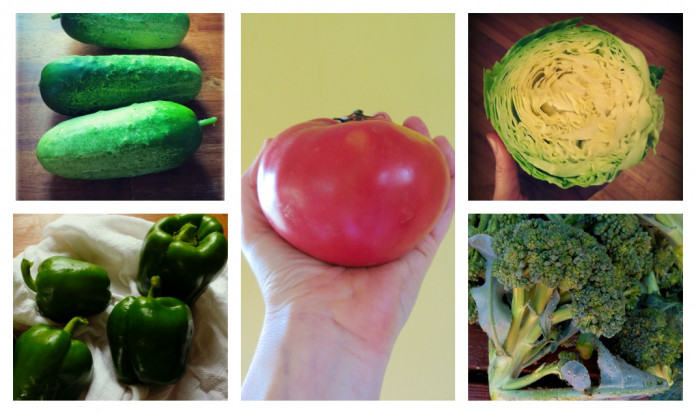All gardeners want to grow great looking and great tasting vegetables. Of course much of our garden’s success depends on the care we provide our plants. Good growing conditions also play a part. But if you want to grow your best garden ever, select seeds for performance traits.
Boost your garden game
Gardening is a little like playing tennis. The most successful tennis players enhance their natural abilities with practice on the court. The most successful gardeners choose vegetable varieties with natural resistance to diseases and pests, good growth habits and high yield. You can boost your gardening game by planting and cultivating top performing varieties in the right in growing conditions.
How to select seeds for performance
There are over 2,000 tomato cultivars for the home garden. Picking top performers can be tough, not to mention overwhelming. Start by looking for varieties well-suited to your region. First, make sure the variety’s days to maturity fits your growing season parameters. Second, confirm the variety’s sunlight and water requirements match your growing conditions.
The Midwest Vegetable Production Guide is a combined horticultural effort between seven major universities, including The Ohio State University. It contains variety recommendations for 43 different vegetable crops. It rates varieties on physical attributes and production yield. Each crop entry contains remedies for common pests and plant diseases. The free ebook is available online.
Another way to pick top performers is by asking fellow gardeners how their garden grows. After the growing season, my gardening friends meet to review hits and misses, and discuss our seed selections for the coming year.
Purchasing seed and seedlings
A squash is only as good as the seed from which it grew. This is because genetic material and desirable traits are passed down from parent plants. Reputable seed producers selectively breed plants to produce offspring with desirable traits like better disease resistance and higher yield.
The terms “hybrid” and “genetic modification” confuse many gardeners. Hybrids are produced through selective plant breeding to emphasize desirable traits. A home gardener who cross-pollinates tomato plants with a paintbrush can create a new hybrid tomato variety. Hybrid seed often produces better performing plants during its season, but seed cannot be saved to reproduce the same plant the following season.
Genetic modification is accomplished by altering molecular genetics. Biotech scientists remove genetic material from one organism and transfer it to another. An example is Bt/Roundup Ready Sweet Corn, which is designed to reduce insecticide applications. If you wish to avoid GM seed, purchase USDA certified organic, open-pollinated seed.
When purchasing seeds pass up clearances from last-season. Old seed is less reliable than seed packaged for the current year. The packed date is annotated on the seed packet.
When purchasing seedlings look for stocky stems and vibrant green foliage. Gently lift the seedling from the container to examine its root system. A well-developed root system indicates plant vigor. Healthy roots are white in color, and hold soil together without binding plant to pot.













